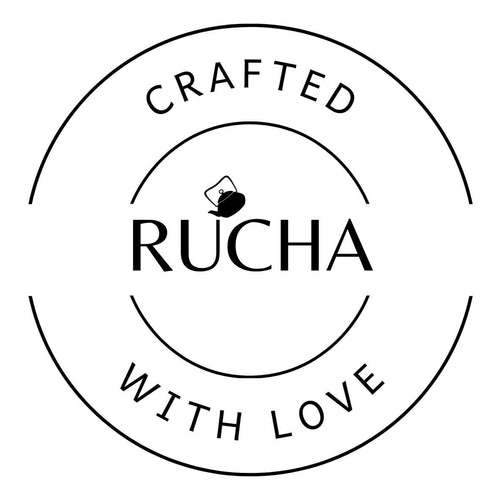Anthocyanins are a type of flavonoid, a class of compounds with antioxidant effects. Found naturally in a number of foods, anthocyanins are the pigments that give red, purple, and blue plants their rich coloring. In addition to acting as antioxidants and fighting free radicals, anthocyanins may offer anti-inflammatory, anti-viral, and anti-cancer benefits.
Anthocyanins are commonly found in flowers and the fruits of many plants. Most of the red, purple, and blue-colored flowers contained anthocyanins. Red flowers are red hibiscus, red rose, red pineapple sage, red clover, and pink blossom. These red flowers are edible. Blue (cornflower, blue chicory, and blue rosemary) and purple (purple mint, purple passion flower, purple sage, common violet, and lavender) flowers are the common edible flowers. Some of these flowers have been traditionally used as folk medicine, as colorants, and as food. In addition to traditional usage, red, purple, and blue-colored fruits are commonly consumed for their beneficial effects.
The colored pigments of anthocyanin from berries, blackcurrants, and other types of red to blue-colored fruits are strong antioxidants. Moreover, anthocyanin-rich black carrot, red cabbage, and purple potato are potential functional foods that have been consumed for prevention of diseases.

Anthocyanins found in plants have a wide range of usage. Blue, red, and purple colored pigments extracted from flowers, fruits, and vegetables are traditionally used as dye and food colorant. Besides being used as natural colorants, someof the anthocyanin-rich flowers and fruits have been traditionally used as medicine to treat various diseases. On the other hand, plant anthocyanins have been widely studied for their medicinal values. Anthocyanins possess antidiabetic, anticancer, anti-inflammatory, antimicrobial, and anti-obesity effects, as well as prevention of cardiovascular diseases. Therefore, anthocyanins extracted from edible plants are potential pharmaceutical ingredients.

Sources:
1. 'What Are Anthocyanins?' By Cathy Wong. Medically reviewed by Meredith Bull, ND on 12 April 2020
2. 'Anthocyanidins and anthocyanins: coloured pigments as food, pharmaceutical ingredients, and the potential health benefits' by Hock Eng Khoo, Azrina Azlan, Sou Teng Tang and See Meng Lim. Food Nutr Res. 2017. Published online 13 August 2017
Disclaimer: The information provided on this website does not substitute for professional medical advice. Consult a medical professional or healthcare provider if you are seeking medical advice, diagnoses, or treatment.

